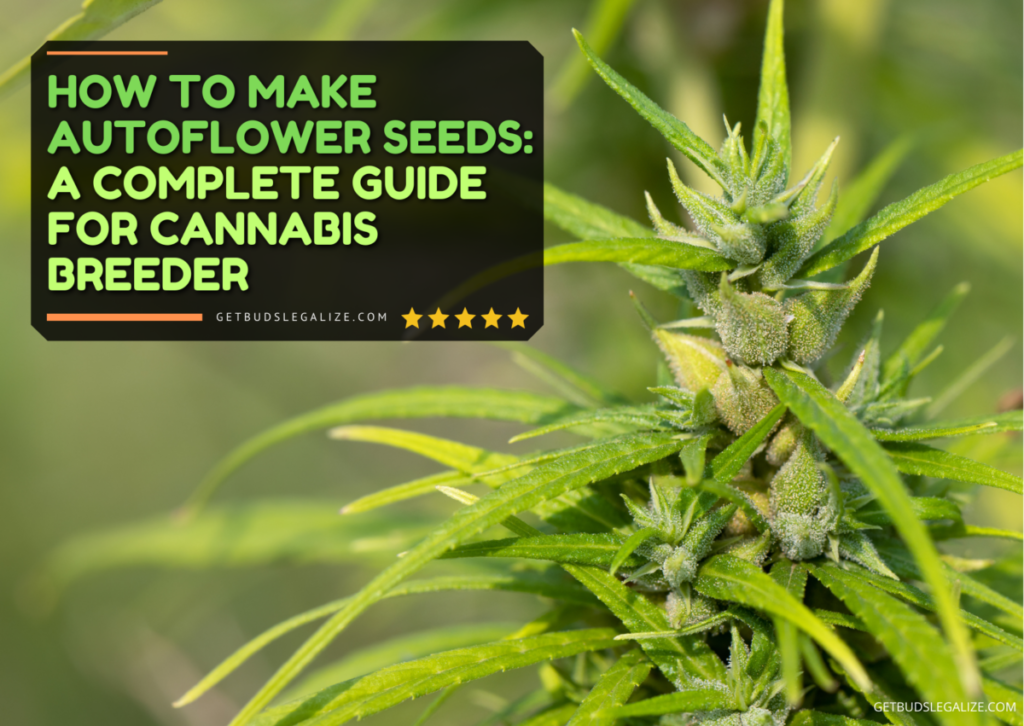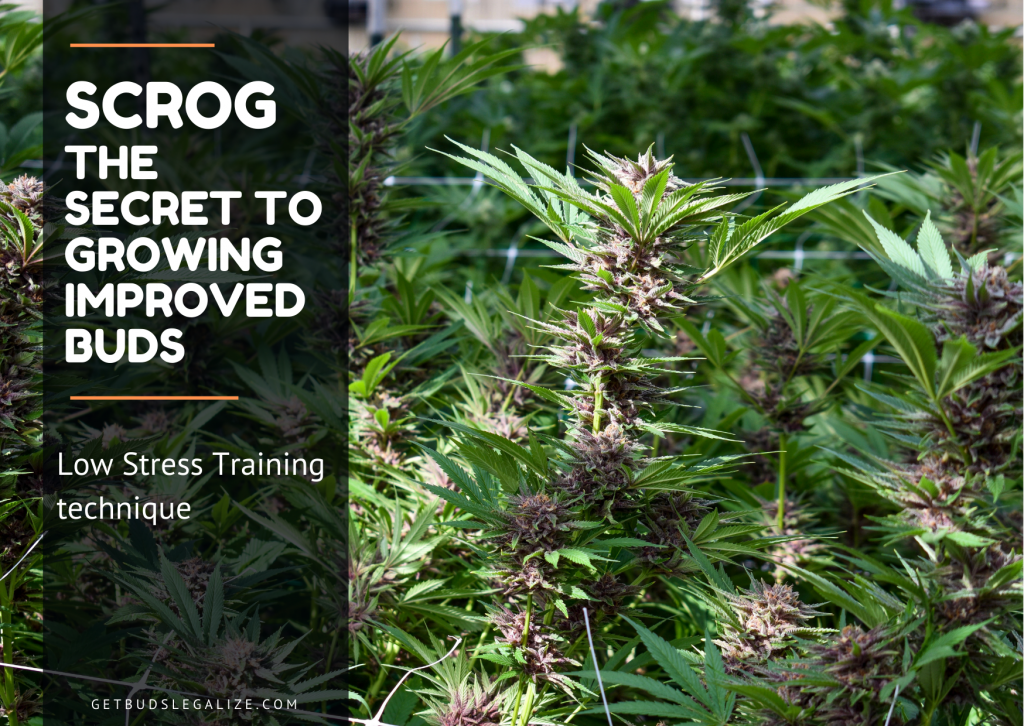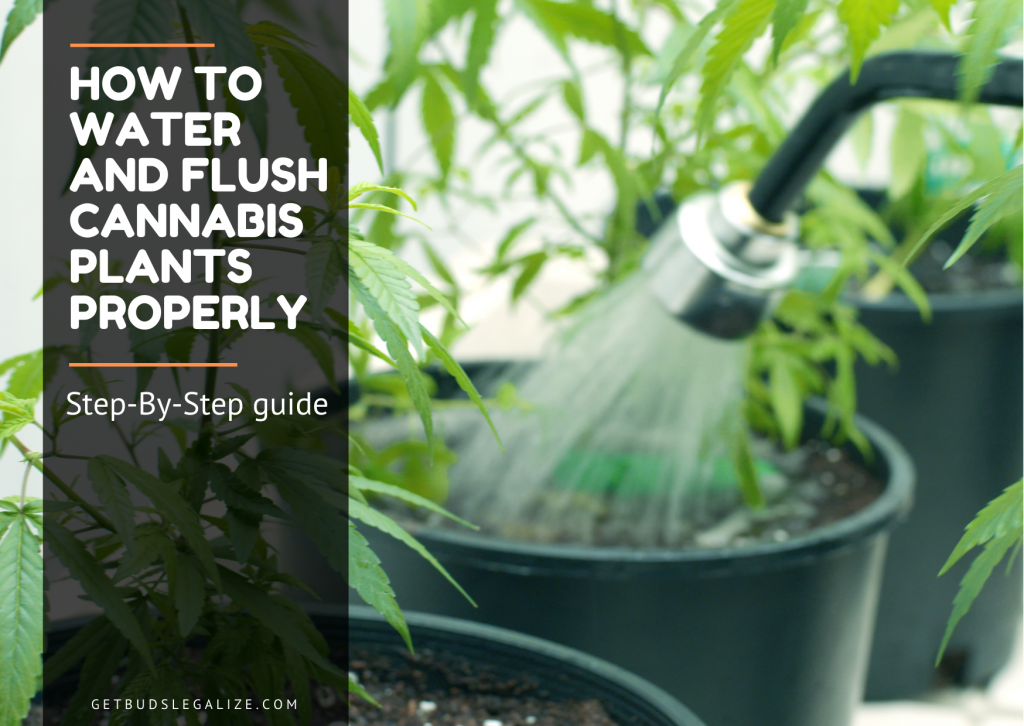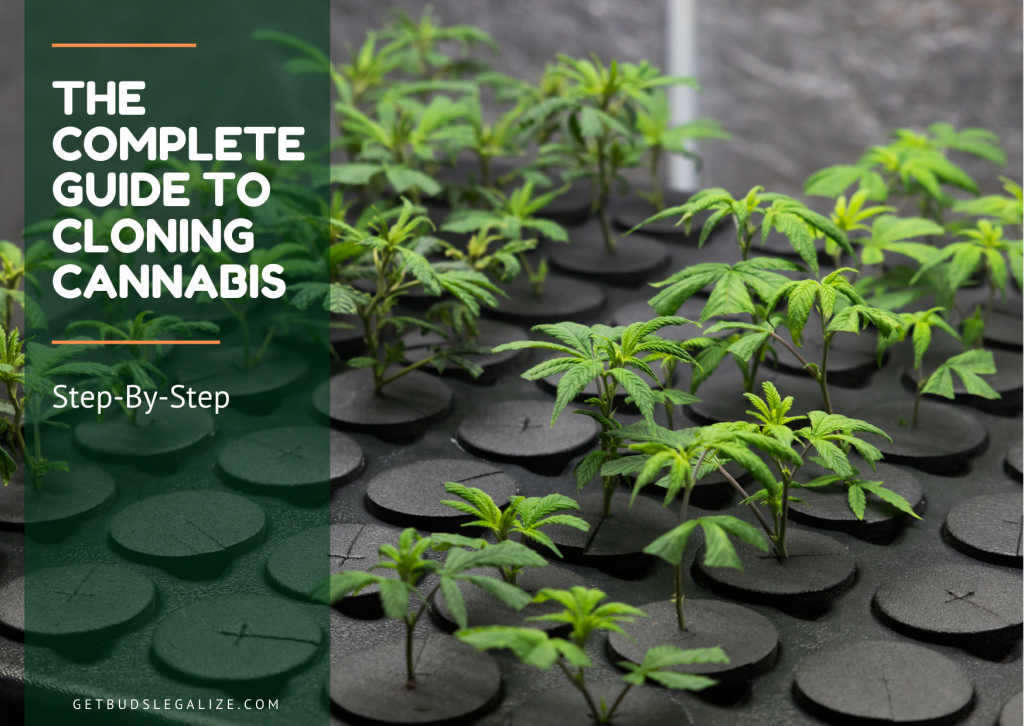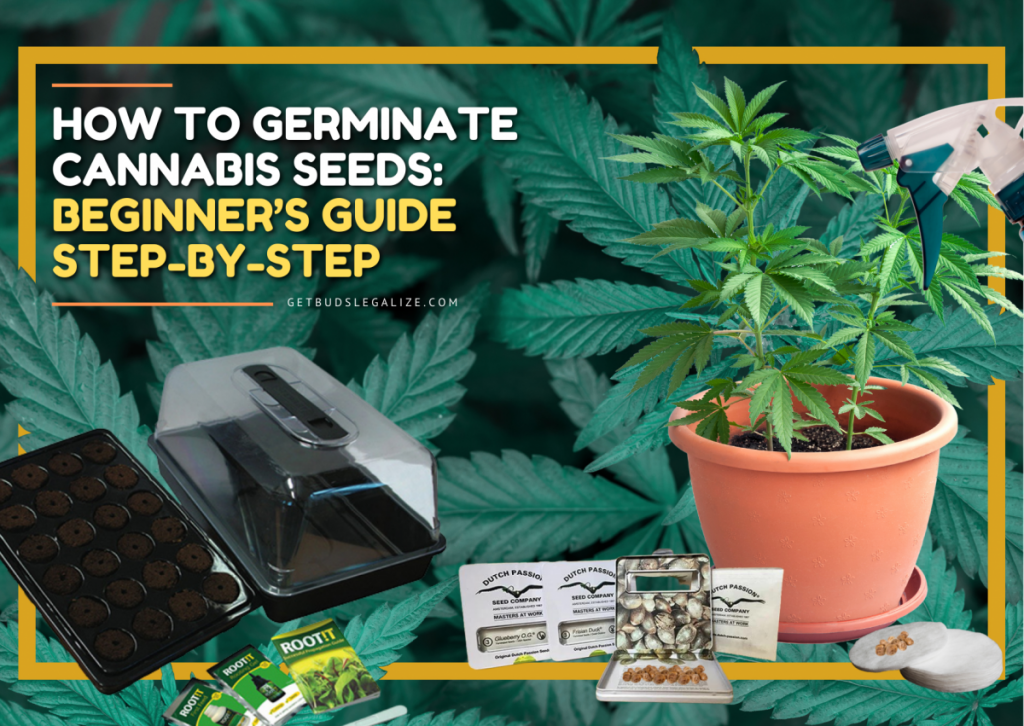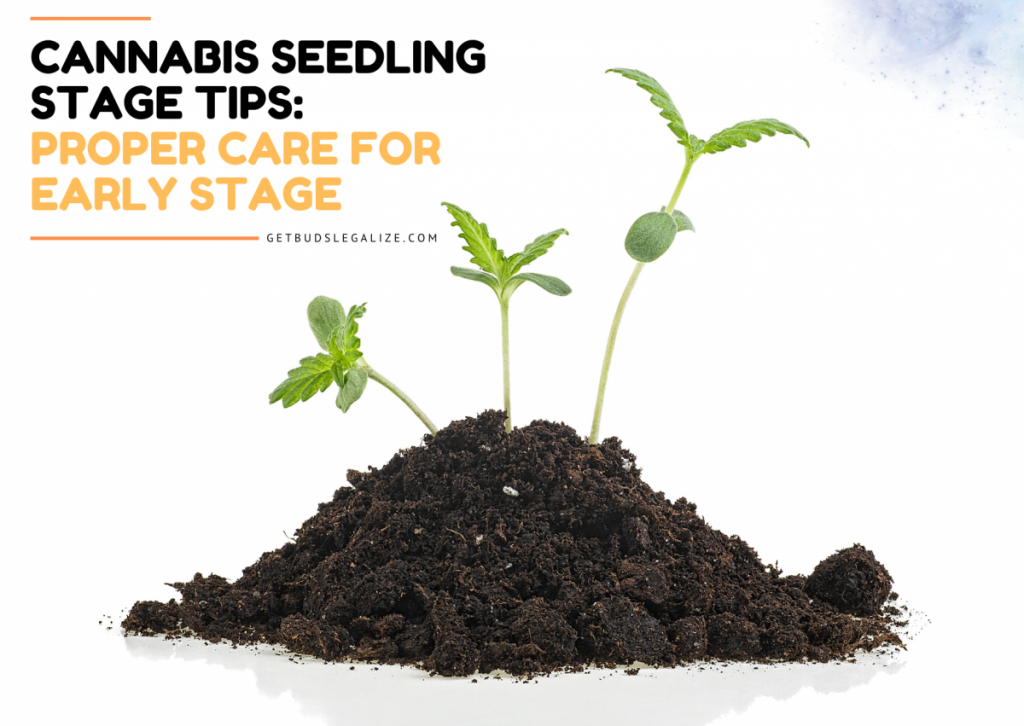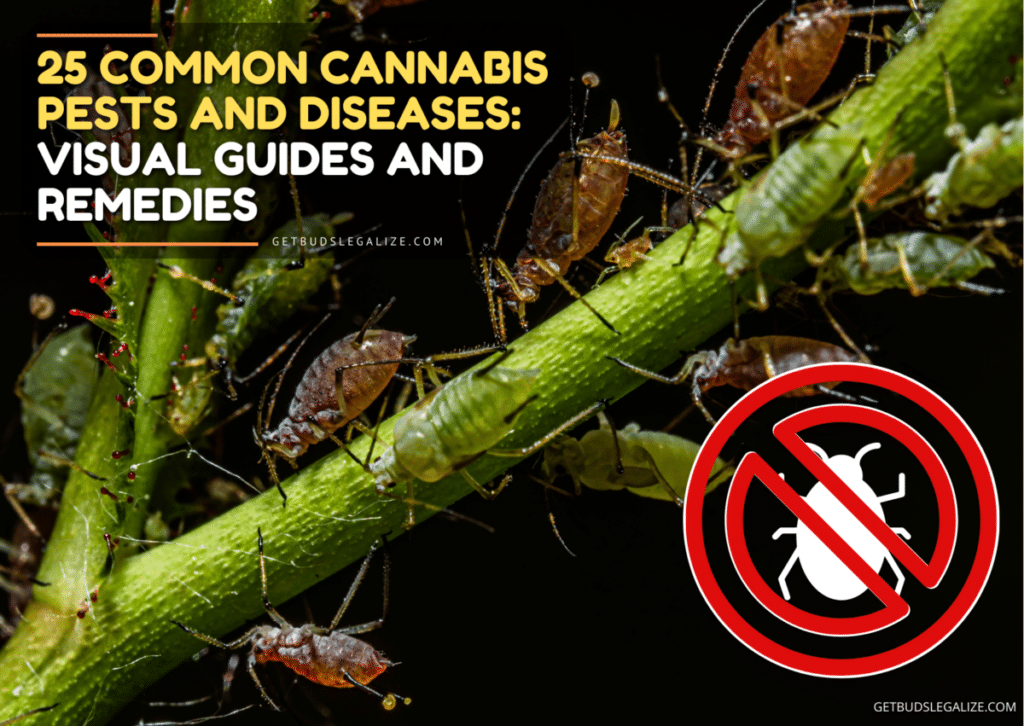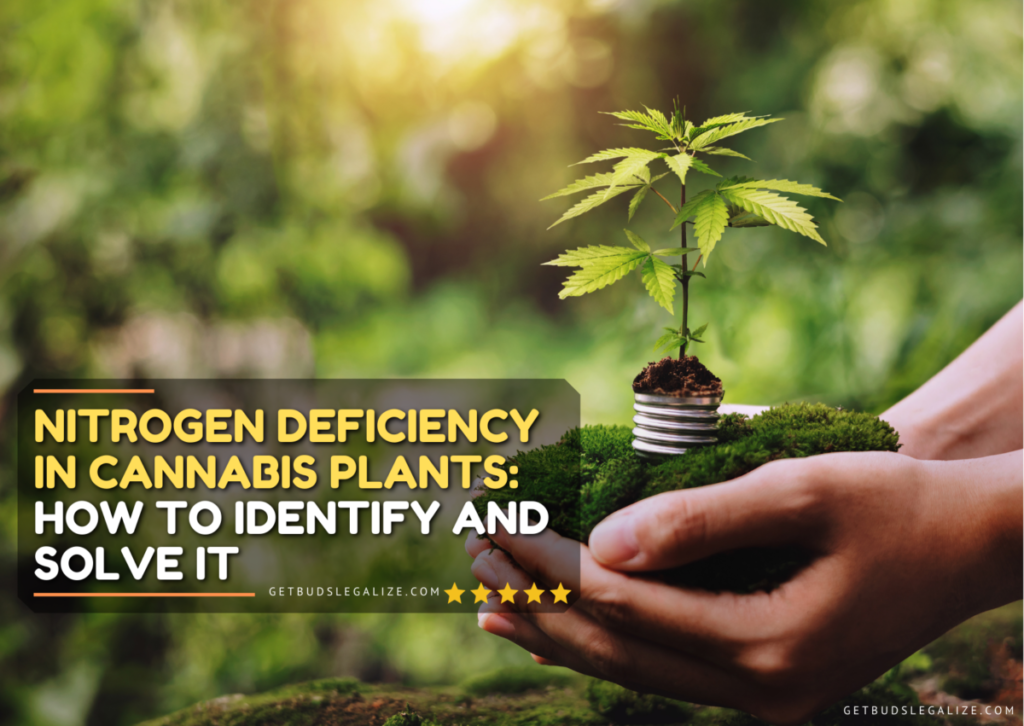How to Make Autoflower Seeds: A Complete Guide Step-by-Step for Cannabis Breeder
If you are a cannabis enthusiast, you might have heard of autoflowering cannabis strains. These are strains that can flower automatically without depending on the light cycle. They are fast, easy to grow, and can produce multiple harvests in a single season.
But how do you make your own autoflowering seeds? In this blog post, we will explain the basics of autoflowering cannabis, how it differs from photoperiod cannabis, and how to make autoflower seeds using using two different methods.
What Are Autoflowering Cannabis Strains?
Cannabis autoflowering are strains that have the ability to flower regardless of the light cycle. This means they can start flowering as soon as they reach a certain age, usually between 2 to 4 weeks. This is different from photoperiod cannabis strains, which need a specific amount of light and dark hours to trigger the flowering stage.
Autoflowering cannabis strains have this ability because they contain a gene from a different species of cannabis called Cannabis ruderalis.
What is Cannabis Ruderalis?
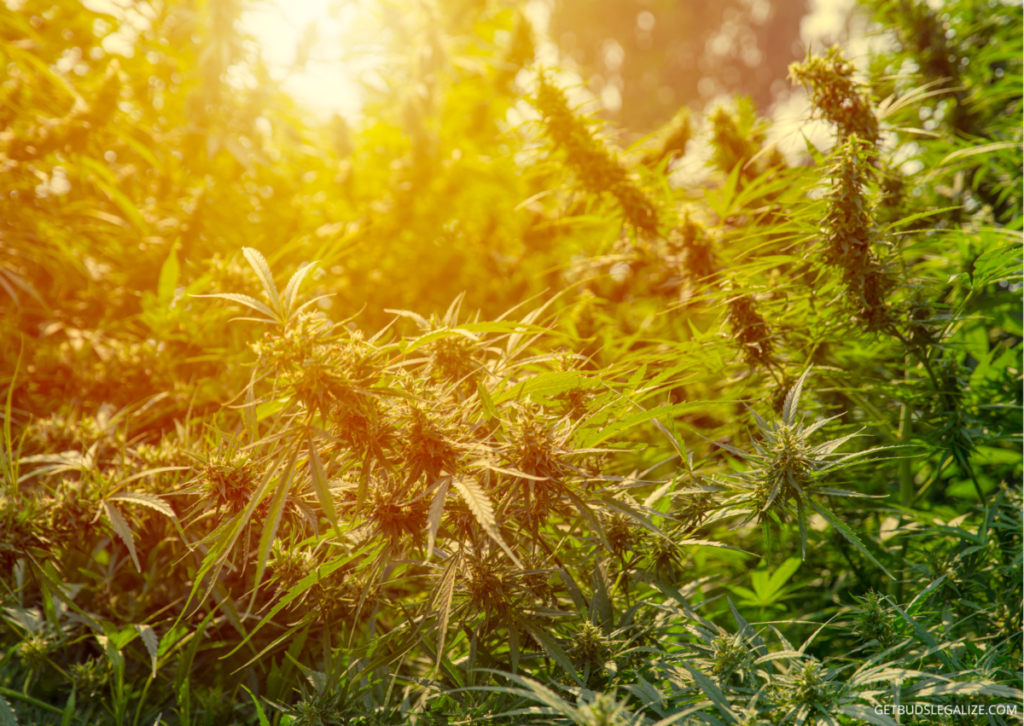
Ruderalis plants are a variety of cannabis originating from regions with harsh climates and short summers, such as Russia, Central Asia, and Eastern Europe. These regions have long winters and short days, which limit the amount of sunlight plants receive. To adapt to these conditions, the plants evolved to be small, bushy, and hardy. They can grow in almost any environment and can survive frost and drought. They also have a unique flowering cycle which is independent of the light cycle. This means that they start flowering automatically after a certain amount of time, no matter how much light they get.
Ruderalis plants have low THC levels and high CBD levels, making them less psychoactive but more medicinal than other types of cannabis. THC is the main compound that causes the euphoric and mind-altering effects of cannabis, while CBD is the main compound that has anti-inflammatory, anti-anxiety, and anti-epileptic properties.
How Does Autoflowering Cannabis Differ From Photoperiod Cannabis?
Growing autoflowering strains has some advantages and disadvantages compared to photoperiod strains. Here are some of the main differences:
- Autoflower strains have a shorter life cycle, ranging from 8 to 12 weeks from seed to harvest.
- They are more resistant to diseases, stress, and pests. They can also tolerate lower temperatures and less light than photoperiod strains. This makes them ideal for beginners or growers who have limited space or resources.
- They tend to have lower yields and potency than photoperiod strains. This is because they have less time to grow and develop their buds. However, some modern autoflowering strains have been bred to produce higher quality and quantity of buds.
- They have less genetic variation than photoperiod strains. This is because they are usually inbred to stabilize the autoflowering trait. This means they have less room for customization and experimentation.
In comparison, here are the characteristics of photoperiod cannabis plants:
- Photoperiod strains have a longer life cycle, ranging from 12 to 24 weeks from seed to harvest. They need a specific light cycle to trigger flowering, usually 12 hours of light and 12 hours of darkness.
- They are more sensitive to pests, stress, and diseases. They also need optimal temperatures and light intensity to thrive. This makes them more challenging to grow, especially for beginners or growers who have limited space or resources.
- They tend to have higher yields and potency than autoflowering strains. This is because they have more time to grow and develop their buds. They also have more genetic diversity and variation, allowing for more customization and experimentation.
How to Make Autoflower Seeds (2 Methods Step-by-Step)
We will explain the basics of how to make autoflower seeds using two methods:
Method 1: Crossbreeding

Crossbreeding is a breeding technique that involves crossing two different strains or species of plants. The purpose of crossbreeding is to create new hybrids that have the best traits of both parents or introduce new traits into a strain. For example, if you have an autoflowering strain that has a short life cycle but a low THC level, you can cross it with a photoperiod strain that has a high THC level but a long life cycle to create a new autoflower strain that has both high THC and short life cycle. Crossbreeding can also be used to increase the diversity of the vigor of a strain.
To cross a photoperiod strain with an autoflower, you will need:
- A male autoflower plant
- A female photoperiod plant
- A pollen collection bag
- A small brush
- A paper envelope
- A marker
Here are the steps to follow:
1. Choose a male autoflower plant and a female photoperiod plant that have the qualities you want to combine. Make sure they are healthy and vigorous.
2. Isolate the male autoflower plant from any other female plants to prevent unwanted pollination. Place it in a separate room or tent with its own light source.
3. When the male autoflower plant starts to produce pollen sacs, cover one of them with a pollen collection bag. This is a small mesh bag that will catch the pollen when the sac bursts open.
4. Wait until the pollen sac is fully mature and ready to release pollen. You can tell by its color and shape. It should be yellowish and swollen.
5. Carefully remove the pollen collection bag from the male autoflower plant and seal it. Label it with the name of the strain and the date.
6. Store the pollen collection bag in a cool and dry place until you are ready to use it. You can also freeze it for longer storage.
7. Choose a female photoperiod plant that you want to pollinate. Make sure it is healthy and vigorous.
8. Isolate the female photoperiod plant from any other plants to prevent unwanted pollination. Place it in a separate room or tent with its own light source.
9. When the female photoperiod plant starts to show signs of flowering, such as white hairs or pistils, it is ready to receive pollen.
10. Take the pollen collection bag out of storage and open it carefully. Use a small brush to gently dab some pollen onto the pistils of the female photoperiod plant. You can also shake some pollen directly onto the pistils, but be careful not to spill any.
11. Repeat this process for as many branches or buds as you want to pollinate. You can pollinate the whole plant or just some parts of it.
12. Label the pollinated branches or buds with the name of the strains and the date.
13. Wait for the seeds to develop and mature inside the pollinated buds. This can take several weeks depending on the strain and the conditions.
14. Harvest the seeds when they are dark brown and hard. You can tell by gently squeezing them between your fingers.
15. Dry and cure the seeds in a paper envelope labeled with the name of the strains and the date.
16. Store the seeds in a cool and dry place until you are ready to germinate them.
Method 2: Self-Pollination
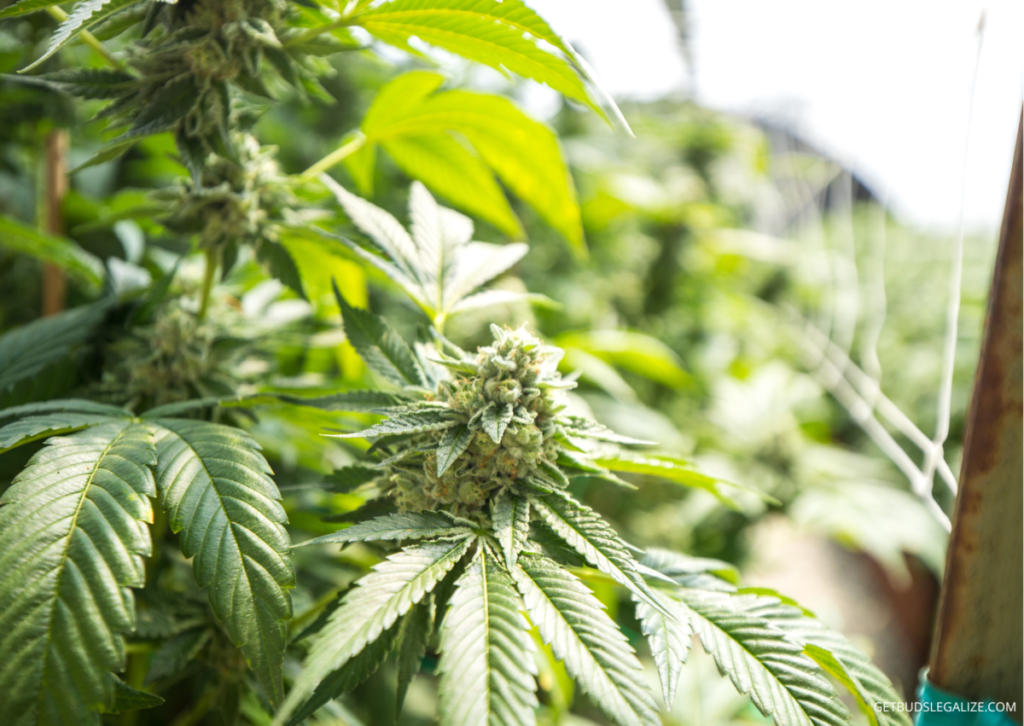
Selfing is a breeding technique that involves crossing a plant with itself or a clone of itself. The purpose of selfing is to create feminized seeds or preserve a rare or unique strain. For example, if you have an autoflowering strain that has a rare terpene profile or a unique color, you can self it to produce seeds that will inherit those traits. Selfing can also be used to increase the potency or the speed of flowering of a strain.
To self-pollinate a female autoflowering plant, you will need:
- A female autoflower plant
- A colloidal silver solution
- A spray bottle
- A paper envelope
- A marker
Here are the steps to follow:
1. Choose a female autoflower plant that has the qualities you want to preserve. Make sure it is healthy and vigorous.
2. Isolate the female autoflower plant from any other plants to prevent unwanted pollination. Place it in a separate room or tent with its own light source.
3. When the female autoflower plant starts to show signs of flowering, such as white hairs or pistils, it is ready to be treated with colloidal silver.
4. Colloidal silver is a solution of silver particles suspended in water that can induce male traits in female plants. You can buy it online or make your own at home using distilled water and silver electrodes.
5. Fill a spray bottle with colloidal silver solution and spray one branch or bud of the female autoflower plant every day until it starts to produce pollen sacs instead of pistils. This can take several days or weeks depending on the strain and the concentration of colloidal silver.
6. When the treated branch or bud starts to produce pollen sacs, stop spraying it with colloidal silver and let it mature naturally.
7. When the pollen sacs are fully mature and ready to release pollen, you can either let them pollinate themselves or manually pollinate other branches or buds of the same plant using a small brush or your fingers.
8. Label the pollinated branches or buds with the name of the strain and the date.
9. Wait for the seeds to develop and mature inside the pollinated buds. This can take several weeks depending on the strain and the conditions.
10. Harvest the seeds when they are dark brown and hard. You can tell by gently squeezing them between your fingers.
11. Dry and cure the seeds in a paper envelope labeled with the name of the strain and the date.
12. Store the seeds in a cool and dry place until you are ready to germinate them.
How to Improve Your Autoflowering Cannabis Seeds?
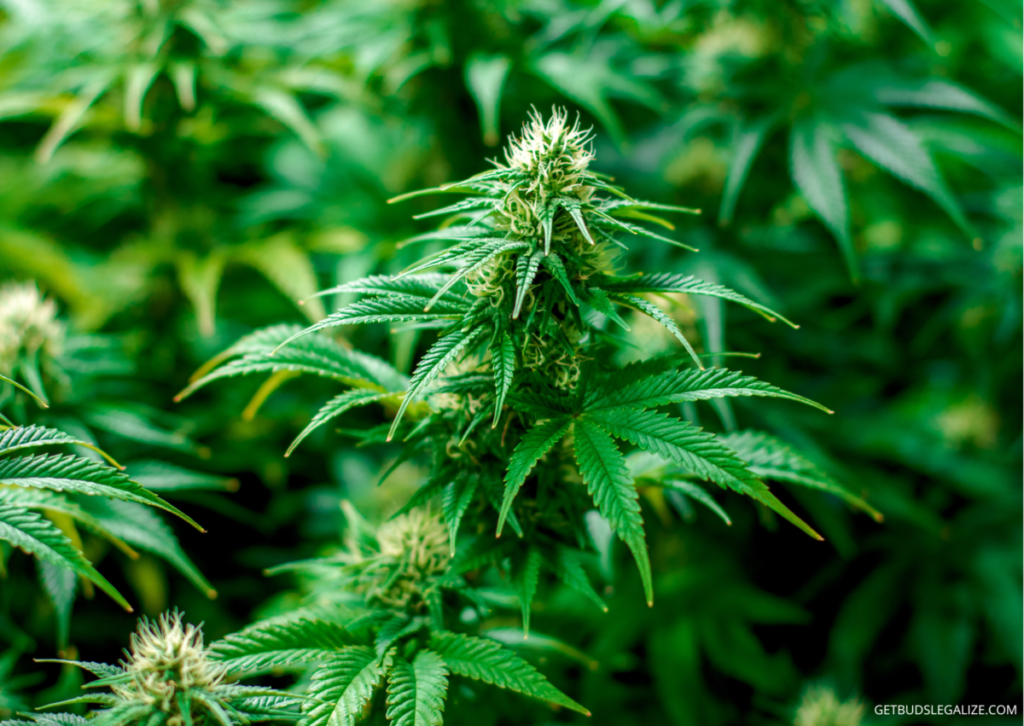
If you want to improve the quality of the cannabis seeds you produce, you can use some of the following methods:
1. Selection:
This is the process of choosing the best plants from your batch of seeds and using them as the source of your next generation. You can select the plants based on various factors such as yield, potency, flavor, aroma, resistance to pests and diseases, etc. For example, if you have a batch of Northern Lights autoflower seeds, you can select the plants that have the most resinous buds, the strongest aroma, and the highest THC content and use them to produce more seeds. This way, you can improve the genetic quality of your seeds and ensure that they have the traits that you desire.
2. Backcrossing:
Backcrossing is a breeding technique that involves crossing a hybrid plant with one of its parents or an identical plant. The purpose of backcrossing is to stabilize a desirable trait or increase the genetic uniformity of a strain. For example, if you have an autoflowering strain that has a high THC level but a low yield, you can backcross it with its parent that has a high yield to increase the yield of the offspring. Backcrossing can also be used to eliminate unwanted traits or reduce genetic variation.
What Are Recessive Genes and Why They Are Important for Cannabis Breeding?
Recessive genes are genes that do not express themselves when paired with a dominant gene. A dominant gene is a gene that always shows its effect regardless of the other gene in the pair. For example, if a plant has a gene for purple color and a gene for green color, and the purple gene is dominant, the plant will have purple color. The green gene is recessive and does not show its effect.
Recessive genes can only express themselves when both genes in the pair are recessive. For example, if a plant has two genes for green color, and both are recessive, the plant will have a green color. This is because there is no dominant gene to mask the recessive gene.
Recessive genes are important for cannabis breeding because they can create diversity and novelty in cannabis strains. By crossing plants with different recessive genes, breeders can produce offspring with new combinations of traits that are not seen in the parent plants. For example, some recessive genes in cannabis are responsible for producing CBD, a non-psychoactive cannabinoid with medicinal benefits. By crossing plants with high CBD recessive genes, breeders can create strains with high CBD content and low THC content.
Some examples of recessive genes in cannabis are:
- The gene for autoflowering: This gene allows the plant to flower based on its age rather than the light cycle. Autoflowering plants can grow faster and in more diverse environments than photoperiod plants.
- The gene for albinism: This gene causes the plant to lack chlorophyll, the pigment that gives plants their green color. Albino plants are white or yellow and cannot perform photosynthesis. They usually die soon after germination.
- The gene for dwarfism: This gene reduces the size and height of the plant. Dwarf plants can be more discreet and easier to grow indoors than regular plants.
- The gene for hermaphroditism: This gene causes the plant to produce both male and female flowers on the same plant. Hermaphrodite plants can self-pollinate and produce seeds without another plant.
Recessive genes are an essential part of cannabis genetics and breeding. They can create unique and desirable traits in cannabis plants that can benefit consumers and growers alike. However, they can also pose challenges and risks for breeders who need to carefully select and test their plants to ensure quality and stability.
Creating Your Own Autoflowering Strain: Was It Worth It?
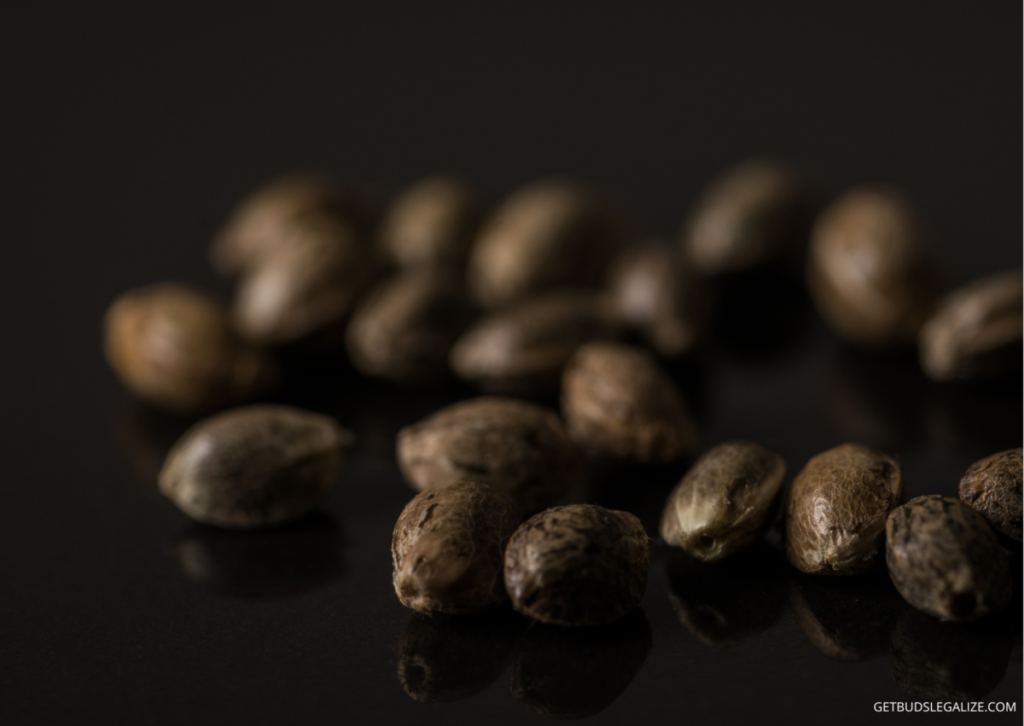
Making your own autoflower seeds can be rewarding and fun if you have some basic knowledge and skills in cannabis breeding. You can create new hybrid strains by crossing photoperiod strains with autoflowering strains, or preserve pure autoflowering strains by self-pollinating them.
However, making your own seeds also has some drawbacks and risks that you should be aware of before you start:
- It requires time, patience, space, equipment, and resources that you may not have or want to invest in.
- It may result in lower quality or unstable strains that do not perform as well as commercial ones.
- It may violate some laws or regulations depending on where you live or grow.
Therefore, before deciding whether to produce them, you should weigh all these factors carefully and do your research thoroughly.
Alternatively, you can always buy high-quality seeds from reputable seed banks online that offer fast delivery, discreet packaging, germination guarantee, customer service, and freebies, like Dutch Passion, ILGM, or Sensi Seeds.
Whatever option you choose, we hope this blog post has been informative and helpful for you. Happy growing!
FAQs
Autoflowering seeds are seeds that produce plants that flower automatically, regardless of the light cycle. This means that they can be grown indoors or outdoors, without the need to change the light schedule or use a timer. Autoflower cannabis seeds are usually ready to harvest in 8 to 10 weeks from germination.
Making your own auto flower seeds can have many benefits, such as:
- Saving money on buying seeds from a seed bank or a breeder
- Creating new strains with unique characteristics and flavors
- Preserving rare or discontinued genetics
- Having more control over the quality and stability of your seeds
- Having fun and learning more about cannabis breeding
Some of the common problems that you may encounter when making auto seeds are:
- Pollen contamination: If you have other plants in the same room or nearby, they may get pollinated by the male autoflower plant and produce unwanted seeds. To avoid this, you should isolate the male and female plants as much as possible and use filters or fans to prevent pollen from spreading.
- Low germination rate: Some of the seeds may not germinate or may produce weak plants. This can be due to poor quality of the parent plants, improper storage of the seeds, or environmental factors. To increase the germination rate, you should select healthy and vigorous parent plants, store the seeds in a cool and dark place, and use a suitable growing medium and temperature for germination.
- Genetic instability: Some of the seeds may not inherit the autoflowering trait or may show different characteristics than the parent plants. This can be due to genetic variation, mutation, or hybridization. To ensure genetic stability, you should use stable and reliable autoflowering strains, avoid inbreeding or backcrossing too much, and test your seeds before using them for further breeding.
Some of the pros of grow autoflowering plants are:
- They can be harvested in as little as 8 to 10 weeks from seed, compared to 12 to 16 weeks for regular cannabis strains.
- They can grow in almost any environment, indoors or outdoors, as long as they get enough light and nutrients.
- They are usually smaller and more compact than regular cannabis strains, which makes them ideal for stealthy or limited-space growing.
- They can produce multiple harvests per year, as they do not depend on the seasons.
The cons are:
- They tend to have lower yields and potency than regular cannabis strains, due to their shorter life cycle and smaller size.
- They have less genetic diversity and variation than regular cannabis strains, as they are often created by crossing the same ruderalis gene with different strains.
- They are more sensitive to stress and environmental changes than regular cannabis strains, as they have less time to recover and adapt.
Auto strains are a great option for beginners or anyone who wants to grow cannabis fast and easily. However, they may not be the best choice for experienced growers or connoisseurs who prefer more control and quality over their plants. Ultimately, the choice depends on your personal preferences and goals as a grower.
Yes, you can. This can be done by stressing the plant with environmental factors, such as light, temperature, or nutrients, or by using a chemical spray, such as colloidal silver or gibberellic acid. The pollen from these sacs can then be used to pollinate another female plant of the same strain or a different one. The resulting seeds will be feminized, meaning they will only grow into female plants.
However, this process is not easy and requires some skill and experience. It also involves manipulating the natural cycle of the plant and may affect its health and quality.

